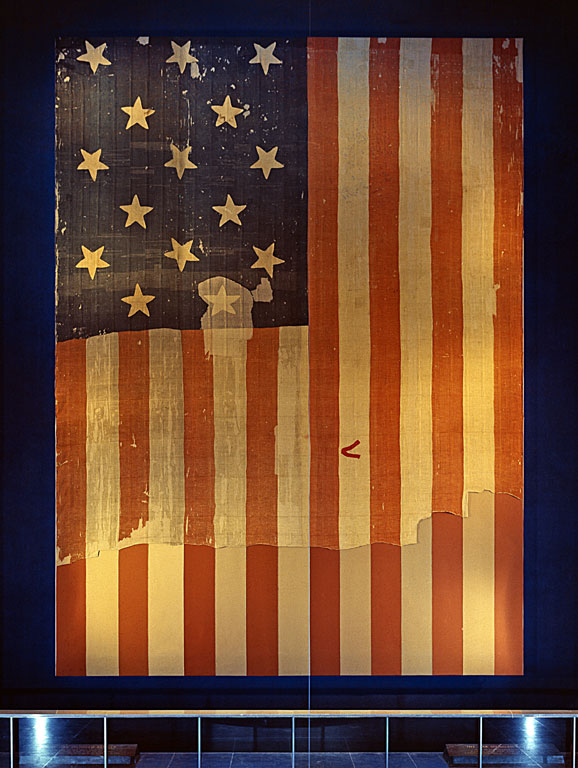Every time I write a post it is usually about a trip we went on, a ted talk we watched, or a story from the news. I usually like these stories but I have never posted something about our discussions in class. We as a group of students and our teacher discuss over twenty different subjects weekly. I believe that is one of the most important reasons for ESL students for several reasons. First, it gives us the opportunity to learn different vocabularies from a lot of subjects. Second, it introduces us to the American culture faster than any other way. Third, even though it is only an ESL class, we actually learn things that other students may not have the opportunity to learn. For instance, we learn about politics, sports, health, psychology, food, education, culture, history, etc. Last but not least, we have the opportunity to share ideas with each other including our teacher. Sometimes the teacher introduces us to things we do not know about and sometimes it is the opposite.
This week we had an interesting discussion about websites and companies that rate restaurants, bars, lounges, etc. Nowadays, there are thousands of them that rate and let customers rate but which one should we trust is the question. Which website is more accurate than the other? Which website will have the truth? Should we go with Google, TripAdvisor, or Yelp? From my point of view, choosing which one to take sources from depends on who posted the review. Was it someone who is out of town and he or she is used to certain type of food and service? Or was it a local person who believes that the bar down the street has a rude bartender? Deciding where to take reliable information from can be very difficult. Any how, after a long discussion in class we sort of agreed that Yelp could be the best website to take information from.
Yelp could be the best website for many reasons. First, if you are not an active poster on Yelp your comment will not be recommended and it will not appear. Second, what makes Yelp more accurate is that the comment cannot be removed by the business owner even if they contact Yelp. Third, Yelp still protects you somehow in a good way. If another business owner makes a bad comment about your business only to hurt your reputation, Yelp will remove his/her comment and terminate him/her as a user. Fourth, Yelp shows you the hours for the place, whether it is good for groups or not, good for children or not, where to park, whether they take reservations or not, and how expensive the place is. Last, the amount of local users for Yelp are more than any other website which makes it more accurate.
Would you want to take advice from a person who went there once or from a local who always posts and can be trusted? Do you know of any other sites like Yelp?















































